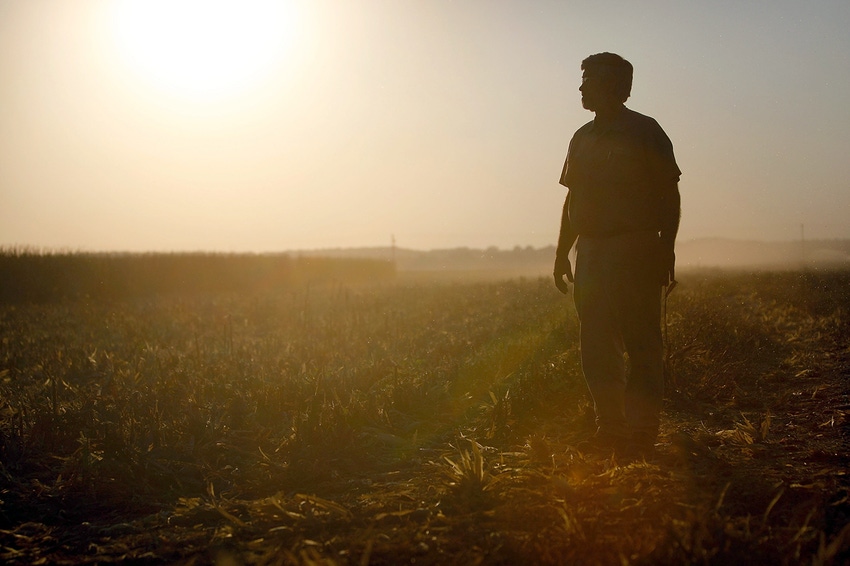January 8, 2016

You don’t have to be a rocket scientist to see that the economy is in a time of change. A more sophisticated way to say this might be to use the word “transition.” However you say it, the economy is the driving force behind almost everything and this is especially true in agriculture.
A common way to describe the way agriculture cycles through the years is to refer to it as a “boom and bust” business. The way this cycle influences the lives of people is especially evident in areas where the production of crops is the main business activity, but it is also apparent in areas where other forms of agriculture and land-based businesses are predominant.
The reason this subject interests me is that economic forces greatly influence many of the practices and methods farmers use. A good example of this is that when prices are good, farmers tend to use more “aggressive” methods in crop production — such as intensive tillage — and we often see a decline in those practices which improve the soil. In the lean years farmers tend to pay more attention to methods that conserve fuel and require fewer trips over the field. In most cases these methods are inherently better for the land.
During the “good” years, land prices and rental rates increase rapidly as farmers compete for acreage to increase the size of their operations. They purchase or lease more and larger implements and commit more capital to sophisticated technologies and products that promise to boost yields and profits.
It’s a time of experimentation and learning since some of these things work while others do not. The good ones may become permanent parts of the production system while others disappear into the fog of history.
Agriculture has experienced four major cycles since the beginning of the 20th century and others were evident earlier, especially during the Civil War.
Since around 1910, American agriculture and to some extent agriculture in other parts of the world have seen boom periods around the time of wars, including the recent period of conflict in the Middle East.
At present it seems that the boom is over for a while, but we will have to wait and see how markets respond to conditions around the world for next few months before we can feel more confident about the direction this thing is going to take.
For the time being we should begin to prepare for another year. As soon as we begin to get a little rain, a new set of soil tests should be completed to determine the real needs of our soils to produce good crops in the future. Testing for the presence of nematodes is also needed since this part of the system has not been emphasized very much lately. We should hedge our bets by taking a little more conservative approach with major purchases and investments. Soil conservation practices need to be maintained in order to avoid the loss of nutrients and soil.
We need to look ahead at being more efficient in the use of equipment, labor, seed, fertilizers, and land. Reduced tillage, the banding of fertilizers, reduced seeding rates, and concentration of farming activities onto the most productive soils can be early measures toward dealing with possible further declines in demand for farm products.
For a long time I have been interested in the cycles of the solar system which in turn influence nature, people, agriculture, and the economy. The cycles in agriculture are closely linked to these natural forces. I once believed that farmers could use this information to know how to plan for the future, but these cycles are not definite enough to make it work well in the real world. They offer insight into many things, but the fact is that we have to plant crops every year regardless of what we might know about such things.
If we do our part, God will take care of the details.
You May Also Like




